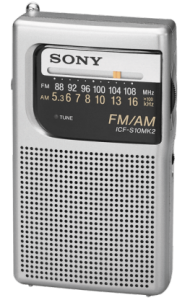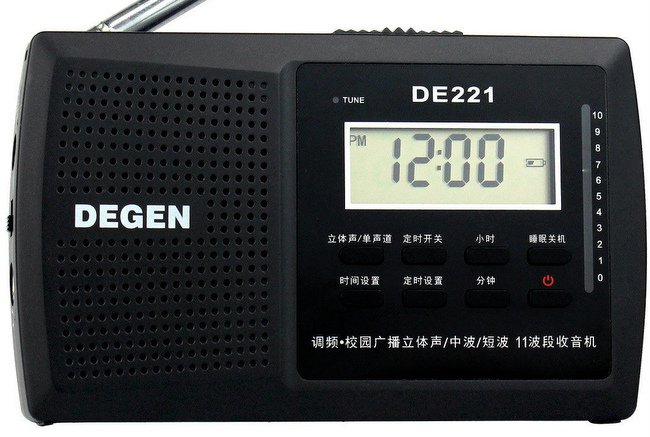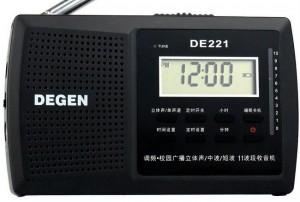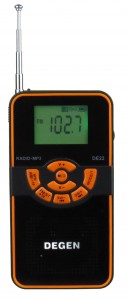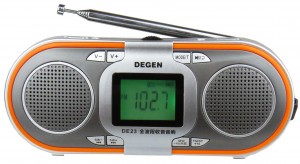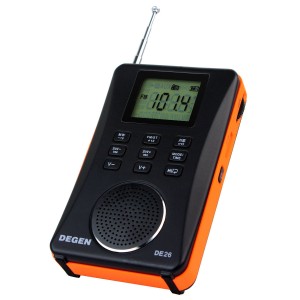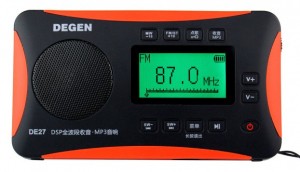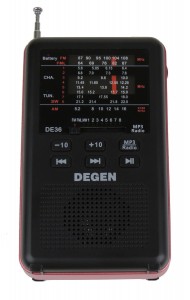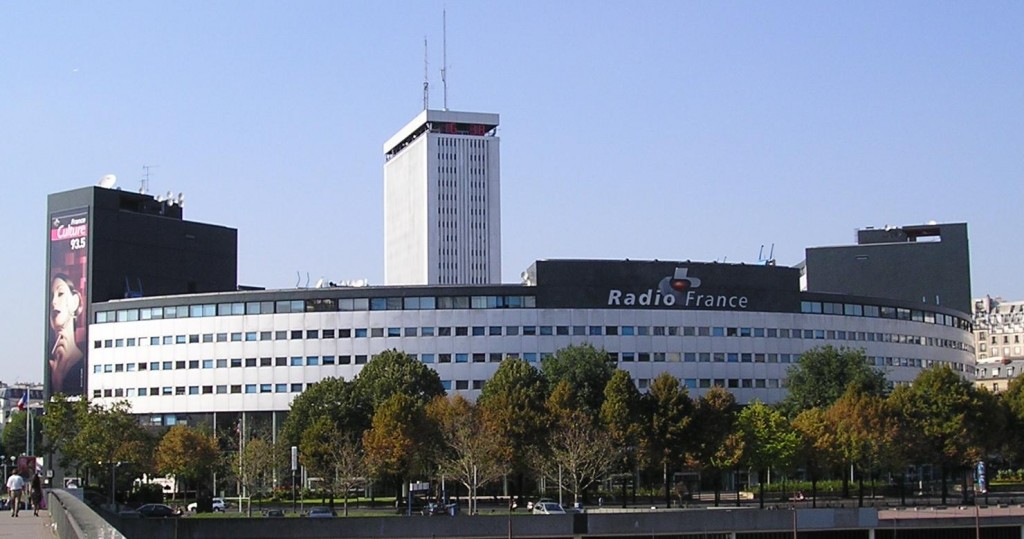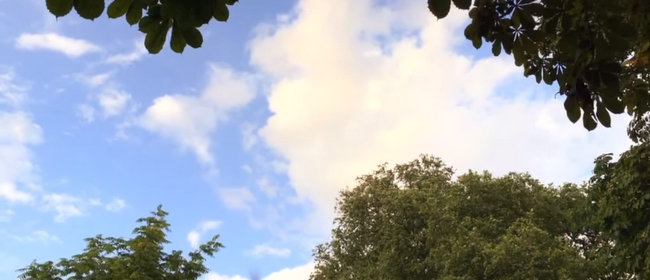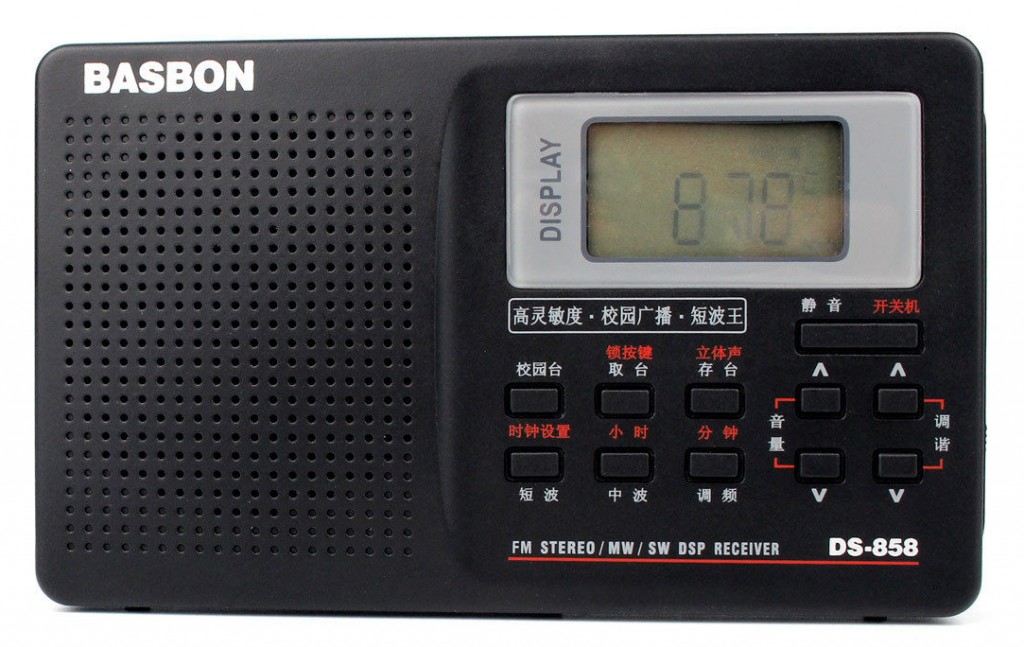 SWLing Post contributor, Guy Atkins, writes:
SWLing Post contributor, Guy Atkins, writes:
I spotted this new listing on Ebay today, and was wondering if it’s a new model, or perhaps a repackaged Tecsun PL-606? It’s lacking the rotary tuning knob and has a smaller display than the 606 however. It also has two rows of main buttons rather than three:
Curiously, the seller doesn’t even list the brand name in their auction title; it’s only noted in the pictures. However, “Basbon” isn’t exactly a brand of communications receivers with a long, proud tradition :^)
For $13.99 including shipping the the USA it’s hard to go wrong, so I’ve ordered one.
[…]Three features that caught my eye with the little Basbon radio are that it’s DSP based, it has LCD backlighting, and shortwave frequency coverage down to 3200 kHz. There are 20 memories and a sturdy-looking whip antenna that rotates 360 degrees, too.
I can’t wait to get ahold of this and open it up! I wonder which SiLabs chip it uses?
Thanks for the tip, Guy! I’m also very curious about this little portable–indeed, curious enough, I purchased one, too. Guy and I will compare notes and I’ll post an update after I receive the radio. It’s being shipped via ePacket from China, so transit time will be roughly two weeks if not held up in customs.
Frankly, my expectations are very low, but like Guy, it’s a little too tempting at $13.99 shipped!
Click here for a direct link to the Basbson DS-858 on eBay—click here to search for the DS-858 should the current item number expire or sell out.


